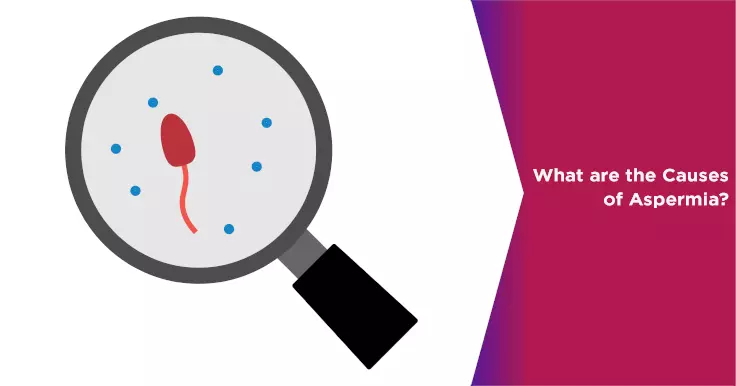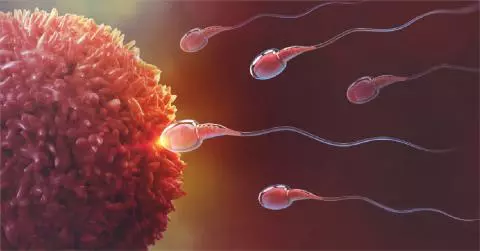Causes of Aspermia: Exploring the Factors Behind No Ejaculation

Aspermia is the rare case of complete lack of semen during ejaculation and is associated with fertility problems. Men who have this order may reach orgasm but no fluid is released. This condition is treatable based on the type and underlying cause.
Causes of Aspermia
The two-step process of ejaculating semen requires the semen to be loaded into the prostatic urethra and the bladder neck to be sealed. The latter step involves the expulsion of fluid in an ante grade or forward direction which is caused by the contractions of the pelvic muscle.
Retrograde Ejaculation
The primary cause of aspermia is retrograde ejaculation. Retrograde ejaculation is a situation where the semen is expelled into the bladder instead of going through the urethra and then getting expelled through the penis. This can be caused due to use of drugs, diabetes or illness.
Blockages in the Path of the Semen
The condition can also be caused due to blockages in the path of the semen. The presence of growths or blocks in the ejaculatory duct can result in aspermia as well. In some cases, the cause can be attributed to psychological or psychosomatic factors when it occurs due to the failure to reach ejaculation by orgasm.
Androgen deficiency
Aspermia can also be caused by an androgen deficiency. This occurs when the prostate gland and the seminal vesicles in an individual remain small as a result of the absence of puberty. In this particular case, the glands fail to produce seminal fluid and need to be treated.
Treatment Options for Aspermia
Aspermia is treatable in most cases and involves medication or a change in the lifestyle. If these measures do not seem to bring sufficient results, surgical sperm retrieval may be required in case of retrograde ejaculation.
Some of the treatment options for male infertility due to aspermia include electro-ejaculation, prostatic massage, or bladder neck reconstruction. The treatment chosen depends on the nature of the problem and the diagnosis.
 Infertility Counselling
Infertility Counselling Female Infertility Treatment
Female Infertility Treatment Andrology Treatment
Andrology Treatment Fertility Enhancing Surgeries - Female
Fertility Enhancing Surgeries - Female Fertility Enhancing Surgeries - Male
Fertility Enhancing Surgeries - Male Endoscopy Treatment
Endoscopy Treatment IUI Treatment
IUI Treatment IVF Treatment
IVF Treatment ICSI Treatment
ICSI Treatment Advanced IVF Solutions
Advanced IVF Solutions Embryology
Embryology Vitrification Egg, Embryo, Sperm Freezing
Vitrification Egg, Embryo, Sperm Freezing Preimplantation Genetic Testing (PGT)
Preimplantation Genetic Testing (PGT) Donation Program Embryo / Egg / Sperm
Donation Program Embryo / Egg / Sperm Self-cycleTM IVF
Self-cycleTM IVF

 Self-cycleTM IVF
Self-cycleTM IVF










